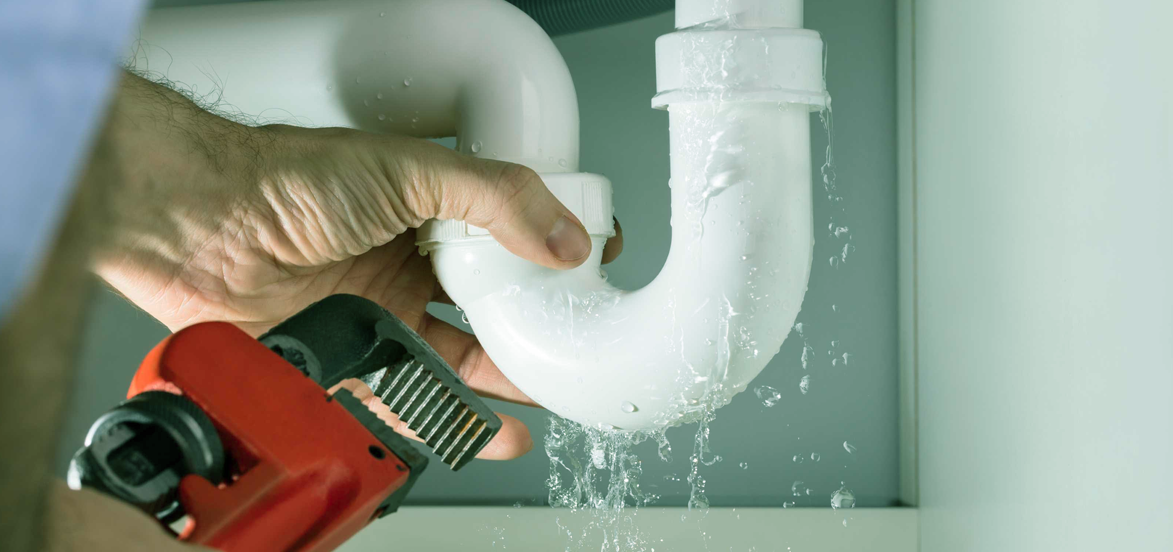This post listed below on the subject of Leaking water lines is fairly enjoyable. Read it yourself and decide what you think of it.

Early discovery of leaking water lines can mitigate a potential catastrophe. In addition to saving you cash, it will minimize the stress as well as frustration. The moment you locate a leakage, calling your plumber for repair work is the best remedy. Some small water leakages may not be visible. Here are some hacks that assist if you can not detect it with your naked eyes.
1. Analyze the Water Meter
Every residence has a water meter. Checking it is a proven way that assists you find leakages. For starters, switch off all the water sources. Guarantee no person will certainly purge, make use of the faucet, shower, run the washing machine or dishwasher. From there, go to the meter and also watch if it will change. Because nobody is utilizing it, there need to be no activities. If it relocates, that shows a fast-moving leakage. Also, if you detect no changes, wait a hr or 2 and check back again. This means you might have a slow leak that might also be underground.
2. Inspect Water Intake
If you spot abrupt adjustments, despite your usage being the same, it indicates that you have leaks in your plumbing system. An abrupt spike in your costs shows a fast-moving leakage.
At the same time, a constant boost each month, despite having the exact same routines, shows you have a slow-moving leakage that's also slowly rising. Call a plumber to thoroughly examine your residential or commercial property, particularly if you really feel a cozy area on your flooring with piping below.
3. Do a Food Coloring Examination
When it comes to water consumption, 30% comes from toilets. If the color in some way infiltrates your dish throughout that time without flushing, there's a leakage in between the container and also dish.
4. Asses Outside Lines
Do not fail to remember to check your outside water lines too. Needs to water leak out of the link, you have a loose rubber gasket. One small leakage can throw away lots of water and spike your water expense.
5. Examine the circumstance as well as inspect
House owners should make it a habit to inspect under the sink counters as well as also inside cabinets for any kind of bad odor or mold growth. These two warnings suggest a leak so timely focus is called for. Doing routine inspections, even bi-annually, can save you from a significant issue.
Inspect for stainings and deteriorating as many home appliances and also pipelines have a life expectations. If you think dripping water lines in your plumbing system, don't wait for it to escalate.
Early discovery of leaking water lines can minimize a prospective calamity. Some tiny water leakages may not be visible. Inspecting it is a proven method that helps you discover leakages. One little leak can waste heaps of water and also increase your water expense.
If you think leaking water lines in your plumbing system, do not wait for it to rise.
How to Know If Your Home Has a Hidden Leak
Water Meter Reveals Inexplicable Water Usage
If you’d like to test whether or not there’s a leak somewhere in your home, you can do this using your water meter. Here is how to conduct the test:
Don’t use any water in your home for at least 30 minutes; this also means not turning on faucets or water-using appliances.
Go outside, and check your water meter for activity.
If your water meter shows that there was activity, even though no one was using any water, this proves that there is a leak in your home.
Visible Mold or Mildew Growth
Leaks behind walls create moist, dark environments that allow mold and mildew to grow and thrive. Eventually, you might see mold growth forming on the wall closest to a hidden leak.
If mold is growing in an area that receives a high amount of moisture, such as a bathroom, it may simply be an indication that better ventilation is needed. However, if you see mold growth on a wall or the ceiling in an area where you would not expect, you probably have a hidden leak.
Musty, Mildew Odor
Sometimes you might not be able to see the mold or mildew that is growing as a result of a leak. However, the smell can give the problem away just as easily. If you catch a whiff of something musty, there’s a good chance that old water is collecting somewhere in your home that you can’t see.
Stained/Warped Walls, Ceilings, or Floors
When your home soaks up water, a variety of red flags can become visible, including ceiling stains, bubbling drywall, warped walls, and sagging floors. While these issues can be caused by excess humidity, they can also be signs that a pipe or plumbing connection has started leaking behind your walls.
Inexplicably High Water Bill
After a while, you get a general sense for what your water bill should be. If you own a pool or sprinkler system, your bill will tend to be higher during summer. However, if you receive a water bill that seems especially high, and you can’t figure out what caused it, then you may have a hidden leak somewhere that’s increasing your bill.
https://www.plumbingjoint.com/blog/2019/july/how-to-know-if-your-home-has-a-hidden-leak/

We hope you liked our post about Top leak detection hacks. Thank you so much for taking a few minutes to read our blog post. So long as you enjoyed reading our blog posting plz don't forget to share it. I treasure reading our article about Leaking water lines.
Comments on “Just how to Check If Your House Has a Surprise Leak”